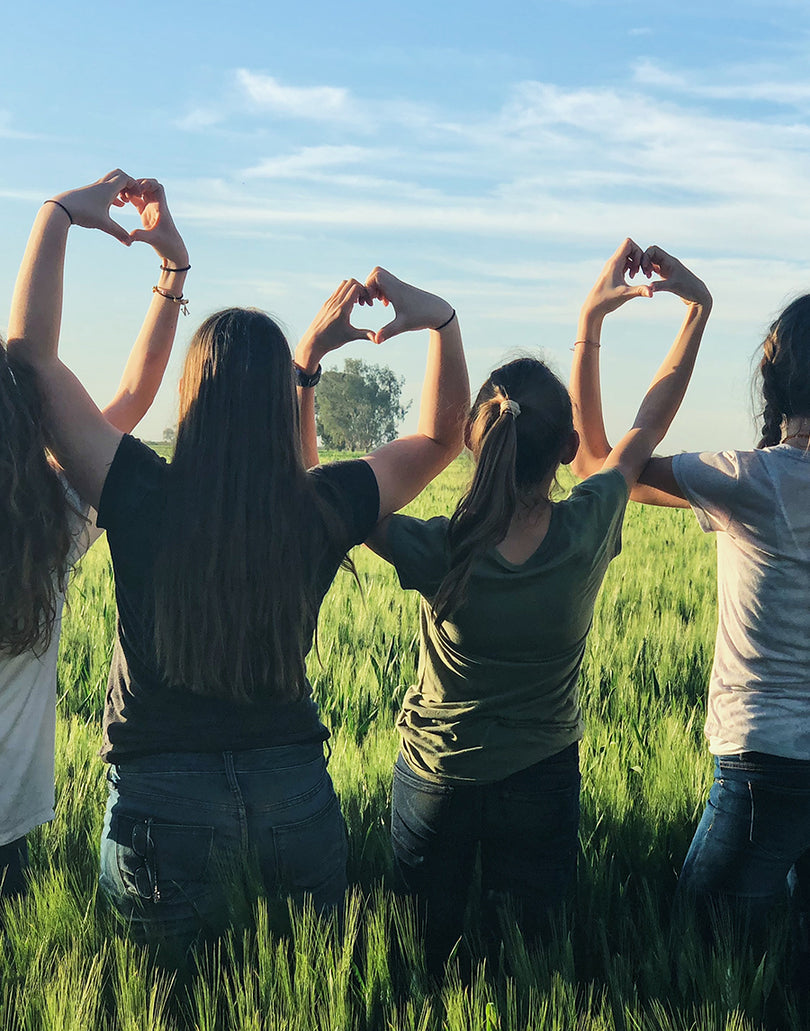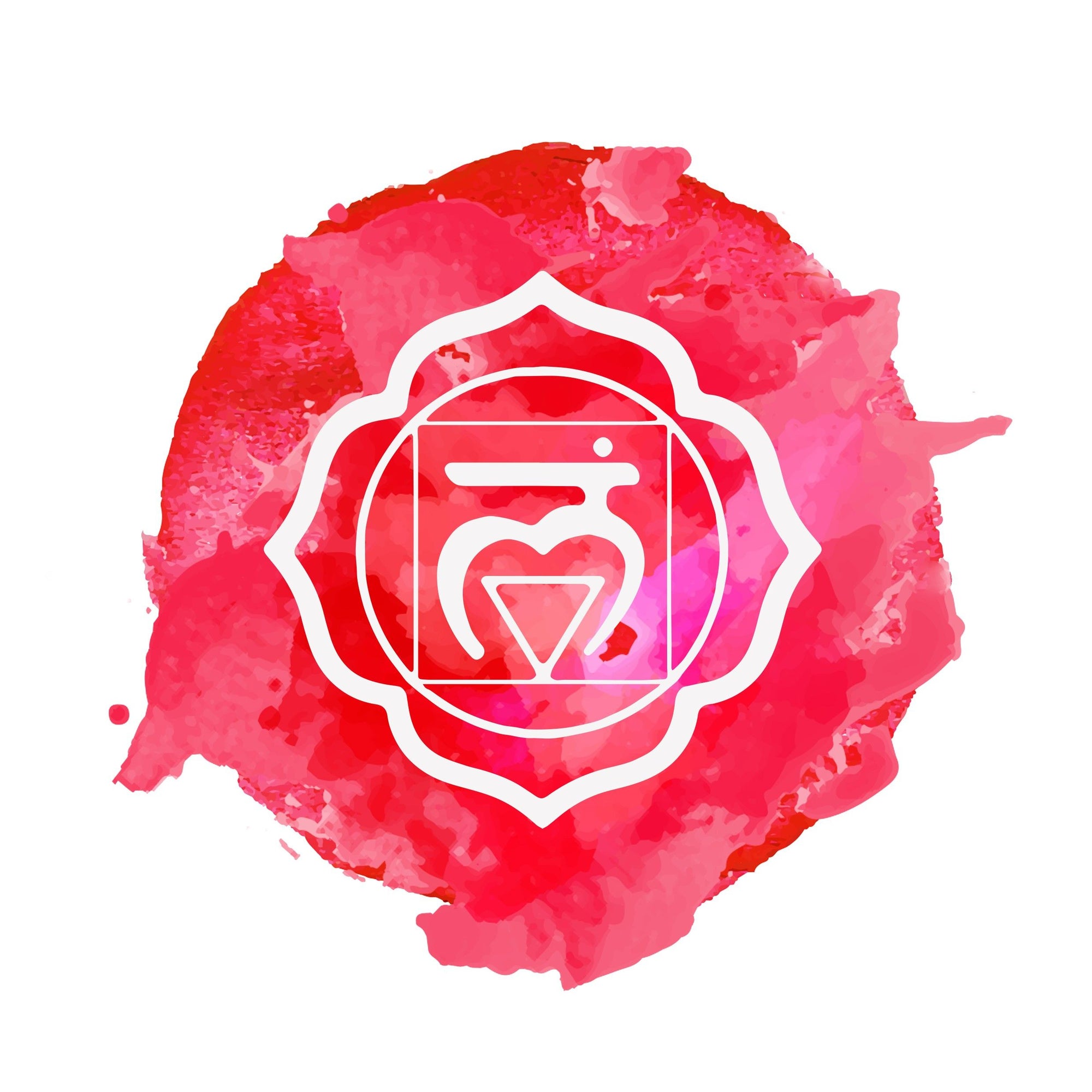
Thousands of years ago, some saints realized the ‘’suffering’’ in the nature of human beings, and they started to find ways to liberate human beings from the yoke of suffering. Some saints moved to caves, some of them moved to mountains, as you know from the story of Buddha, who was the founder of Buddhism.
Siddhartha, who was raised by his father in a way he could keep away from the suffering, death, and illness, realized those concepts when he went outside of the palace at 29 years with his cartwright. Then, he started to pursue the truth, and he left the palace, his wife, his son. After long years of meditation, pursuit, and asceticism, he realized the truth and enlightened under a fig tree while meditating. Then, he dedicated his life to disseminate the truth. Similarly, yogis climb the mountains and look for ways to relieve the suffering of human beings. According to their beliefs, this ancient knowledge is delivered to the superior spirits who realized the truth by revelation. It is believed that Puranas, Bhagavad, Gita and other ancient texts emerged in this way. That knowledge transferred to the people by oral tradition at first. Then, they were put in writing and reached the present day.
The most important text of Yoga which guides people to be freed of suffering is Yoga Sutras of Patanjali. This text is known for systematizing overall knowledge about Yoga.
Yoga Sutras of Patanjali
The limbs should be followed to reach the illumination, liberation or samadhi, ‘’the absolute happiness’’ in Yoga philosophy, first defined in Yoga Sutras of Patanjali.
In the 4th century AD. Patanjali (or his students) wrote down Yoga Sutras. The limbs which were defined in Yoga Sutras show ways of removing delusions in our minds. Patanjali explains illumination (samadhi) as self-realization. When human beings overstep the bounds of ego, they can achieve the self-realization. He offers a method involving 8 limbs to reach the level of illumination which human beings discover their own nature and achieve self-realization. People who reach this level of illumination could become integrated with the pure consciousness.
The First Limb: Relations with the Outer World
People need to practice ‘’yama’’s to reorganize their relations with the outer world. The word ‘’yamas’’ is translated into English as ‘’restraints”. Today, although the first thing comes to mind is poses when the word ‘’yoga’’ is heard, the first limb of yoga is restraints which are essential for regulating your relationships with the outer world. These are ahimsa (not to harm), satya (not to lie) asteya (not to steal), brahmacharya (modesty), aparigraha (not to take more than you need).
The Second Limb: Relations with Yourself
Niyamas are the third limbs of Yoga. Human beings need niyamas to build their self-discipline. The word ‘’niyamas’’ is translated into English as “actions to be taken”, ‘’personal education”, “relations with yourself” etc. These principles are used by yogi to control his/her reactions in a self-disciplined way. These principles are sauca (cleanliness), santosha (satisfaction), tapas (controlling emotions) svadhyaya (one’s own reading, self-study) ishvara pranidhana (commitment to Isvara). One of the most famous instructors of Yoga and meditation, also a clinical psychologist Rolf Solvik thinks that, gaining awareness via five yamas, helps people to transform negative energy into a state of peace. On the other hand, five niyamas are means of building self-esteem and happiness.
Third and Other Limbs: Yoga Poses
In other limbs, ways of sitting (asana), breathing exercises and pratyahara-dhyana-dharana (removing of emotions, focusing and concentration) which are limbs of meditation are practised. According to Patanji, people can reach samadhi by practising these 8 limbs. They can educate themselves about self-awareness, focusing and silence.
P.S. If you have already practice yoga, please share your thoughts with us. Leave a comment and let us know.









